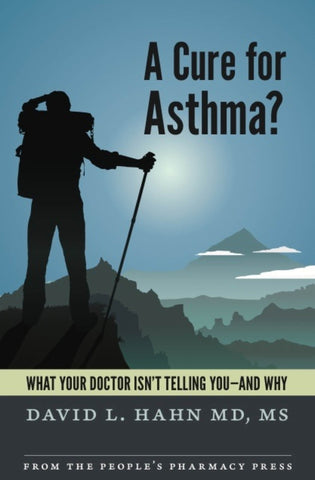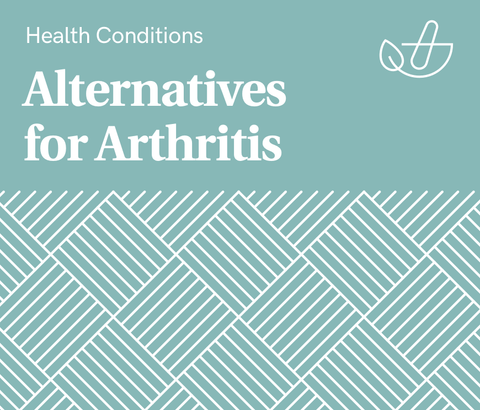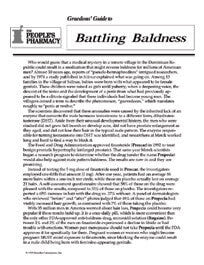Link to your individual collections by creating a new linklist in the Navigation section of the admin.
You can then have it appear here by choosing your new linklist under Customize Theme / Sidebar.

Show 1324: The Hidden Epidemic of Eating Disorders (Archive)
This week on our nationally syndicated radio show, our guest has been recognized internationally for her work on overcoming eating disorders. There are several different types of eating disorders, and they are far more common than most people realize. With so much emotion surrounding food and body image, you might have a hard time understanding how to help someone suffering from this hidden epidemic.
Types of Eating Disorders:
Dr. Cindy Bulik points out five types of eating disorders that have been recognized. The first is known as anorexia nervosa, a condition in which a person has a distorted body image and does not eat enough to maintain good health. Another is bulimia nervosa, in which a person may eat excessively with compensatory mechanisms such as exercise, vomiting or laxative use. The third, binge eating, consists of excessive intake without compensatory mechanisms. The fourth, ARFID (avoidant restrictive food intake disorder), is similar to an extreme form of picky eating. Finally, “atypical anorexia” is inadequate food intake by a person with a larger body. The New York Times article, “You don’t look anorexic,” offers an excellent example of this disorder. All eating disorders are dangerous, but this last “atypical” form may be especially insidious.
Recognizing Eating Disorders:
Part of the reason eating disorders have remained a hidden epidemic to a large extent is that you cannot tell by looking at someone if they are suffering. A teenager may simply refuse to eat with the family and layer on clothing so that it is hard to see just how much weight they are losing. In addition, a person in a larger body who is starving themself may encounter bias against overweight that keeps health professionals and family members from appreciating their distress.
What Causes Eating Disorders?
Researchers still have many questions about the causes of eating disorders. They have, however, learned some important things about this hidden epidemic. First, such a condition NOT a choice, not any more than asthma or type 1 diabetes is a choice. Second, and perhaps equally important, families do not cause eating disorders. In fact, the best evidence-based treatments incorporate the entire family, not just the patient. Moreover, people can suffer from such a problem at any life stage. That is part of what makes this a hidden epidemic.
An Important Role for Genes:
Scientists who have studied the role of genes in this hidden epidemic have discovered, to their surprise, that several eating disorders are correlated with metabolic conditions. A genome-wide association study found that people prone to anorexia nervosa have genes that lower their risk of type 2 diabetes and obesity. The investigators propose that such disorders should be classified not as purely psychiatric syndromes, but as metabo-psychiatric conditions.
Dr. Bulik conceptualizes the role of genes as two suits in a pack of cards. Clubs might perhaps represent the genes that make people more vulnerable to abnormal eating patterns. There are other genes that can help buffer that risk, however. Imagine them as the spades. Environmental factors are also critical. In your hypothetical card deck, diamonds could be environmental factors that tend to tip a person in the direction of abnormal food intake. But there are also the hearts, the environmental factors that seem to be protective.
Overcoming Eating Disorders:
People in different cultures perceive these conditions in different ways. In Sweden, for example, people are far more open about their own experience with eating disorders. They are far more likely to imagine that sharing their experience could contribute to the global good.
We don’t have medications to prescribe for curing these conditions. Instead, the most effective treatments are rooted in the patient’s social context. For children, family-based treatment is most effective. For adults, therapists turn to couple-based treatment. Dr. Bulik urges family members and friends to remember that recovery is not linear. Instead, it may be more like a roller coaster, with plenty of ups and downs. It is important to keep supporting the person and remember not to make any comments about shape or weight. Stick to letting them know how pleased you are to see them. Show an interest in the other aspects of their life. The most important thing to keep in mind is that recovery is possible. Don’t give up.
This Week's Guest:
Cynthia Bulik, PhD, FAED, is a Distinguished Professor of Eating Disorders and Founding Director of the University of North Carolina Center of Excellence for Eating Disorders and Professor of Nutrition at the UNC Gillings School of Global Public Health. She is also Professor in the Department of Medical Epidemiology and Biostatistics at Karolinska Institute in Stockholm, Sweden, where she directs the Center for Eating Disorders Innovation.
In June 2022, Professor Bulik received the Lifetime Achievement Award from the International Academy for Eating Disorders in recognition of her pioneering contributions to the field of eating disorders.
Professor Bulik is the author of several books, including Binge Control: A Compact Recovery Guide and Midlife Eating Disorders: Your Journey to Recovery. Look for them at https://www.cynthiabulik.com/books/




